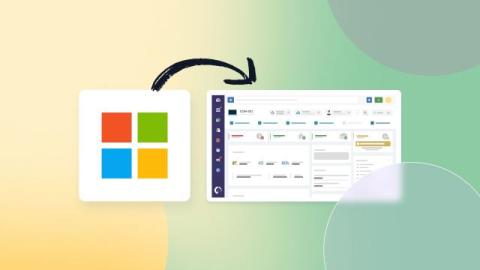3 SaaS Alternatives to Accelo: Exploring the Best PSA Software for Professional Services
Accelo has been a choice for professional services automation (PSA) software, offering tools to manage projects and business operations. However, as the SaaS landscape evolves and needs more intelligence, businesses are increasingly looking for alternatives that can deliver similar benefits with unique advantages. Whether it’s a quicker setup, streamlined workflow management, or tailored features for shared services teams, there are compelling options to consider.











